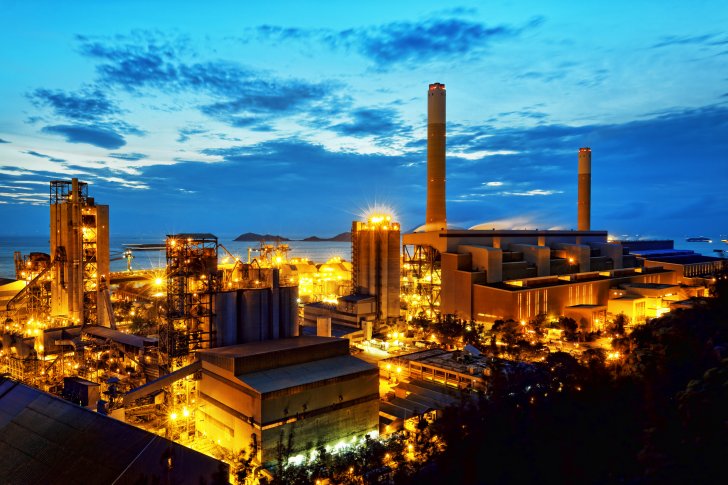
Daily production costs within refineries can run to enormous sums and can only be met through the efficient production of all the by-products that are created by the processes within the facility. Therefore, keeping all of the production equipment and components running at optimum performance levels is crucial.
Effective asset management of pumps, turbines, compressors, motors and generators can play a vital role in maintaining plant up-time and achieving Overall Equipment Effectiveness (OEE) targets, in addition to ensuring high safety levels and profitability. Since every refinery operates with a variety of steadily ageing plant and equipment, drawing on the knowledge and experience of a global engineering company can help ensure that a site is executing the most cost effective maintenance program. Harald Großmann, Service Centre Manager for Sulzer’s Neuss Service Centre in Germany looks at the maintenance challenges facing petrochemical refineries and how to improve asset performance and reliability.
Understanding costs
Rotating components within any production process will eventually wear and require service or replacement; the type of maintenance program that is used to carry out any work can make the difference between a good investment and unnecessary expenditure. The costs associated with a breakdown rather than a service, for example, include the price of the new parts as well as the additional labour that is required to install them. In most cases, this will be insignificant compared to the costs associated with lost production and process re-starts. Therefore, every policy must be focussed on preventing breakdowns.
In industries where high value or high volume commodities are produced, the failure of a seemingly unimportant component can bring production to a halt. In some instances it may be economic to develop stand-by equipment that can return production levels to normal more quickly. However, there may be a significant quantity of final product that cannot be used due to the reduced quality. Clearly, the overall costs depend on the piece of equipment and the process in which it operates, but being able to quantify these costs enables the maintenance team to start the process of prioritising the assets within the facility.
Damage prevention
Historically, many refineries have taken a decision to employ a reactive maintenance policy whereby assets are replaced or repaired on a fix-as-fail basis. This can deliver some cost savings, unless a more serious failure occurs. Reactive maintenance relies on the skills of the on-site maintenance team and the availability of spare parts. If either of these factors fails to meet expectations, there is a real possibility of substantial losses due to lost production.
The purpose of preventative maintenance is to use all available information and techniques to build a maintenance program that will identify assets that require some form of service intervention and schedule the works to be completed as a preventative measure. In this way the work can be scheduled to cause minimal disruption and counter-measures can be used to reduce or avoid lost production costs.
In a number of cases some of the equipment may be overlooked in terms of regular maintenance and inspection schedules for a variety of reasons. Developing even the most rudimentary scheme for preventative maintenance can pay dividends in terms of reliability and productivity. A preventative maintenance program can include all of the key assets within the refinery and may involve procedures such as thermography and vibration analysis.
Process specific solutions
A great deal of equipment within a typical refinery could benefit from changes in design or simply an upgrade to more modern materials in order to increase reliability. Improvements to bearing designs on larger pieces of equipment, for instance, can increase service life and reduce time spent on regular maintenance.
Innovative solutions can also be applied to the huge number of pumps installed within the facility. Remanufacturing of impellers, balancing and bearing overhauls can all be accomplished within scheduled maintenance intervals, while the application of surface treatments can also be used to extend the operational life of the pumps.
With so many production processes involving a multitude of pumps, compressors, turbines and motors, it is essential to have a well-developed asset management system in order to reduce the amount of reactive maintenance within the refinery. As these assets mature, so will the amount of intervention and it is the responsibility of the site engineering team to ensure that the most cost effective solution is implemented.





